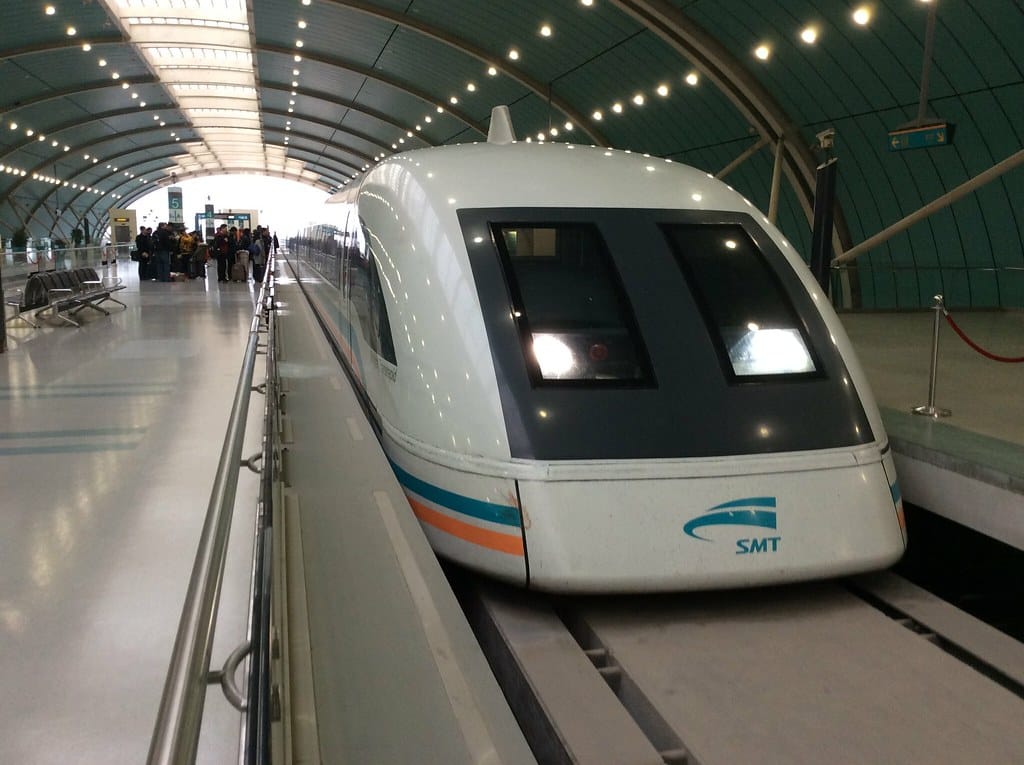China's Maglev Breakthrough: How Magnetic Levitation Could End the Age of Tunnel Sonic Booms
China has achieved a groundbreaking milestone in high-speed rail technology that could revolutionize underground transportation worldwide. The nation's latest maglev train prototype has successfully eliminated the notorious "tunnel boom" phenomenon that has long plagued high-speed rail systems, marking a significant leap forward in both engineering and passenger comfort.
The Tunnel Boom Challenge
For decades, high-speed trains traveling through tunnels have created a persistent engineering headache: the tunnel boom. When conventional trains enter tunnels at speeds exceeding 250 kilometers per hour, they compress air ahead of them, creating pressure waves that produce loud sonic booms and uncomfortable pressure changes for passengers.
This phenomenon has forced rail operators to impose speed restrictions in tunnel sections, significantly reducing the efficiency of high-speed rail networks. In Japan, the famous Shinkansen bullet trains must slow down when entering tunnels, while European high-speed rail systems face similar constraints that limit their full potential.
The problem becomes exponentially worse as speeds increase. At 400+ kilometers per hour—speeds that next-generation rail systems aim to achieve—tunnel booms can become so severe they risk structural damage to both trains and tunnel infrastructure.
China's Magnetic Solution
China's breakthrough centers on its latest maglev (magnetic levitation) technology, which eliminates wheel-to-rail friction entirely. The new system, developed by China Railway Rolling Stock Corporation (CRRC) in collaboration with several Chinese universities, uses advanced electromagnetic suspension to create a nearly frictionless travel environment.
Unlike conventional trains that push against air resistance with their wheels constantly in contact with rails, maglev trains hover above their tracks using powerful electromagnets. This fundamental difference allows the trains to slice through air more efficiently, significantly reducing the pressure wave formation that causes tunnel booms.
Initial tests conducted in a 2-kilometer test tunnel in Shandong Province demonstrated remarkable results. The prototype maglev train achieved speeds of 420 kilometers per hour through the tunnel with noise levels 60% lower than comparable wheeled high-speed trains at similar velocities.
Engineering Innovation at Work
The key innovation lies in the train's aerodynamic design combined with its magnetic levitation system. Engineers redesigned the nose cone using computational fluid dynamics to minimize air displacement, while the electromagnetic suspension system eliminates the turbulence typically created by wheel-rail interaction.
"The absence of physical contact between train and track fundamentally changes how air flows around the vehicle," explains Dr. Li Wei, lead engineer on the project. "We can achieve aerodynamic profiles impossible with conventional wheeled trains."
The system also incorporates active pressure regulation technology that monitors and adjusts air pressure in real-time as the train moves through confined spaces. Sensors throughout the train continuously communicate with onboard computers to optimize the magnetic field strength and train positioning.
Global Implications
This breakthrough has massive implications for high-speed rail development worldwide. Countries investing heavily in high-speed rail infrastructure—including the United States, India, and several European nations—are closely monitoring China's progress.
The technology could enable true high-speed rail connections through mountainous regions where extensive tunneling is necessary. The Swiss Alps, Japanese mountains, and American Rocky Mountains could all benefit from tunnel-boom-free high-speed rail systems.
Economic benefits are substantial. Eliminating speed restrictions in tunnels could reduce journey times by 15-25% on routes with significant tunnel sections, making high-speed rail more competitive with air travel for medium-distance routes.
Commercial Deployment Timeline
China plans to begin commercial deployment of the tunnel-boom-free maglev system by 2027, starting with the Beijing-Shanghai corridor's expansion. The initial commercial line will feature trains capable of sustained 450-kilometer-per-hour speeds through tunnel sections without speed reductions.
International licensing discussions are already underway, with several countries expressing interest in acquiring the technology for their own high-speed rail projects.
The Future of High-Speed Rail
China's solution to the tunnel boom problem represents more than just an engineering achievement—it's a glimpse into the future of ground transportation. By eliminating one of high-speed rail's most persistent limitations, this technology brings us closer to truly seamless, ultra-fast ground transportation networks.
As climate concerns drive the search for alternatives to short-haul flights, innovations like tunnel-boom-free maglev systems could tip the scales decisively toward rail travel, promising faster, quieter, and more efficient transportation for millions of passengers worldwide.
